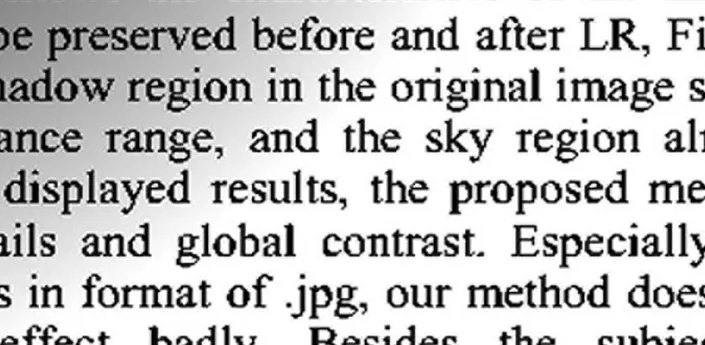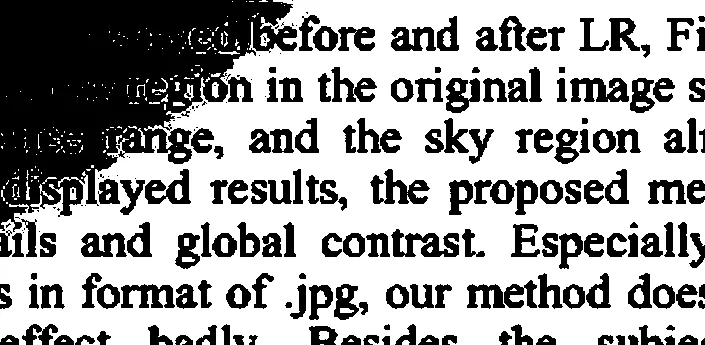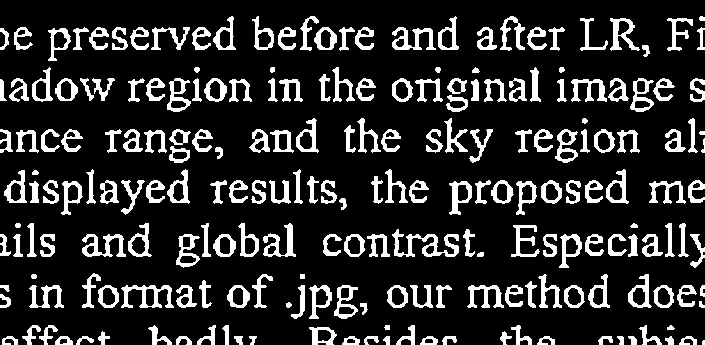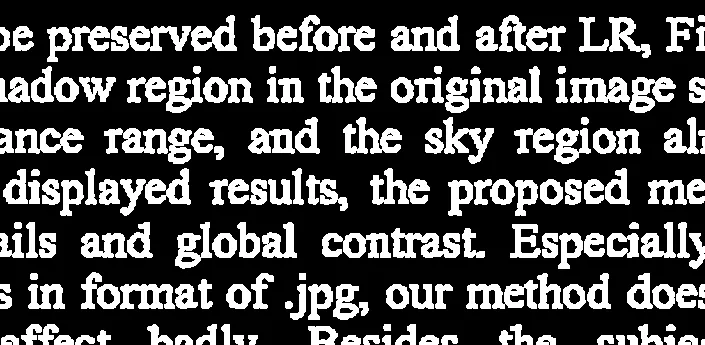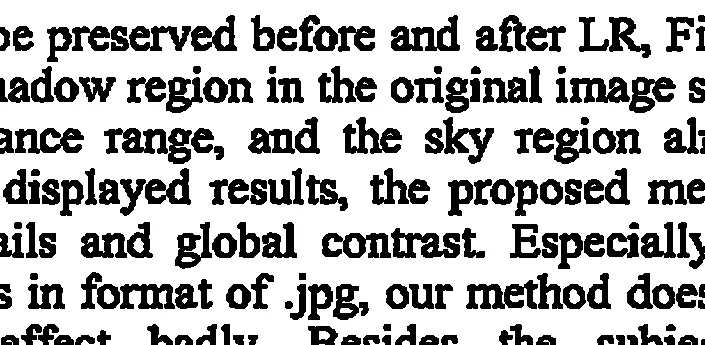我有一张图像,是通过相机获取的。有时候,图像的光照不均,存在一些暗色调。这会导致EMGU和Aforge在对该图像进行OCR处理时产生不正确的最优阈值。
这是该图像: 这是在阈值处理后得到的结果:
同样的结果。请帮忙。 更新: 根据 Nathancy 的建议,我将他的代码转换为 C# 用于不均匀照明校正,它有效。
这是该图像: 这是在阈值处理后得到的结果:
我该如何纠正照明?我尝试了自适应阈值,但结果差不多。我还尝试了使用以下代码进行伽马校正:
ImageAttributes attributes = new ImageAttributes();
attributes.SetGamma(10);
// Draw the image onto the new bitmap
// while applying the new gamma value.
System.Drawing.Point[] points =
{
new System.Drawing.Point(0, 0),
new System.Drawing.Point(image.Width, 0),
new System.Drawing.Point(0, image.Height),
};
Rectangle rect =
new Rectangle(0, 0, image.Width, image.Height);
// Make the result bitmap.
Bitmap bm = new Bitmap(image.Width, image.Height);
using (Graphics gr = Graphics.FromImage(bm))
{
gr.DrawImage(HSICONV.Bitmap, points, rect,
GraphicsUnit.Pixel, attributes);
}
同样的结果。请帮忙。 更新: 根据 Nathancy 的建议,我将他的代码转换为 C# 用于不均匀照明校正,它有效。
Image<Gray, byte> smoothedGrayFrame = grayImage.PyrDown();
smoothedGrayFrame = smoothedGrayFrame.PyrUp();
//canny
Image<Gray, byte> cannyFrame = null;
cannyFrame = smoothedGrayFrame.Canny(50, 50);
//smoothing
grayImage = smoothedGrayFrame;
//binarize
Image<Gray, byte> grayout = grayImage.Clone();
CvInvoke.AdaptiveThreshold(grayImage, grayout, 255, AdaptiveThresholdType.GaussianC, ThresholdType.BinaryInv, Convert.ToInt32(numericmainthreshold.Value) + Convert.ToInt32(numericmainthreshold.Value) % 2 + 1, 1.2d);
grayout._Not();
Mat kernelCl = CvInvoke.GetStructuringElement(ElementShape.Rectangle, new Size(3, 3), new System.Drawing.Point(-1, -1));
CvInvoke.MorphologyEx(grayout, grayout, MorphOp.Close, kernelCl, new System.Drawing.Point(-1, -1), 1, BorderType.Default, new MCvScalar());
